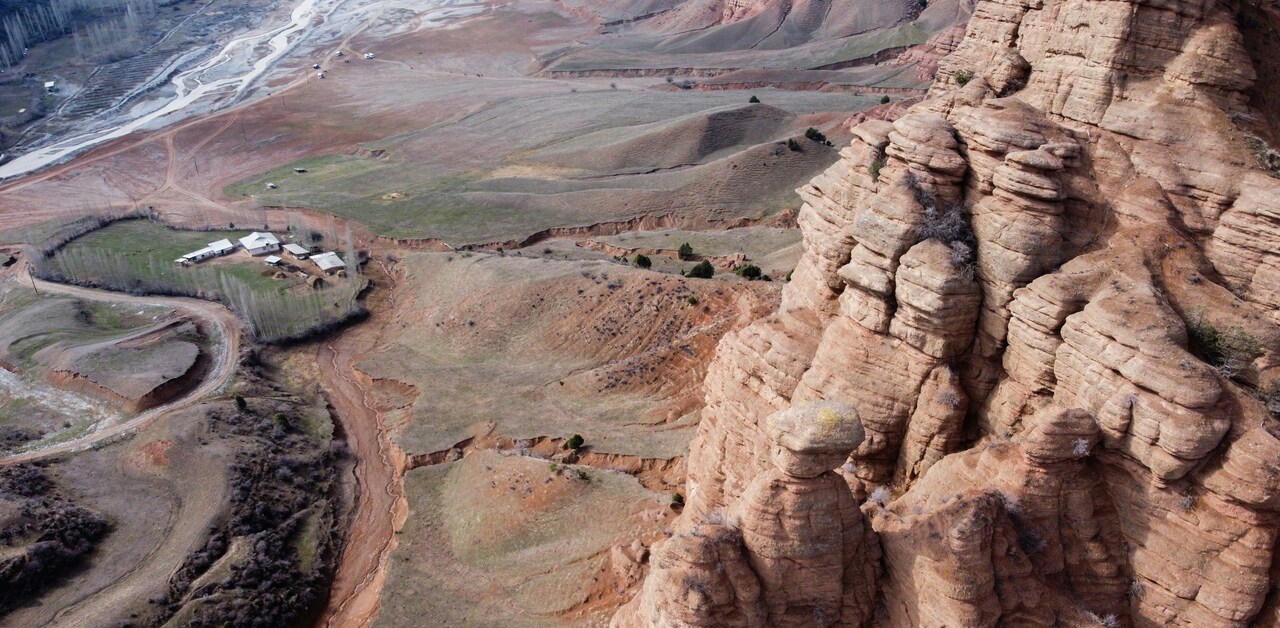Gully erosion is a severe type of soil erosion that occurs when surface water runoff forms channels that erode soil along drainage lines.
Gully erosion, in contrast to sheet or rill erosion, results in the creation of deep and broad channels that quickly widen during heavy rains. These gullies not only degrade the land but also make it harder to manage and reduce agricultural productivity.
Gully erosion is particularly prevalent in regions where soils are easily eroded, on steep slopes, and in areas with poor vegetation cover.
The causes, effects, and control measures of land use and soil conservation are necessary in order to achieve sustainable land use.
In this article, we will discuss the Gully Erosion, its causes, stages of gully erosion, effects, and solutions etc.
Table of Contents
What is Gully Erosion?
Gully erosion is another more serious form of water erosion whereby runoff water collects and rushes down channels very fast and furiously during or after heavy downpours. Eventually, such flow erodes large gullies into the soil.
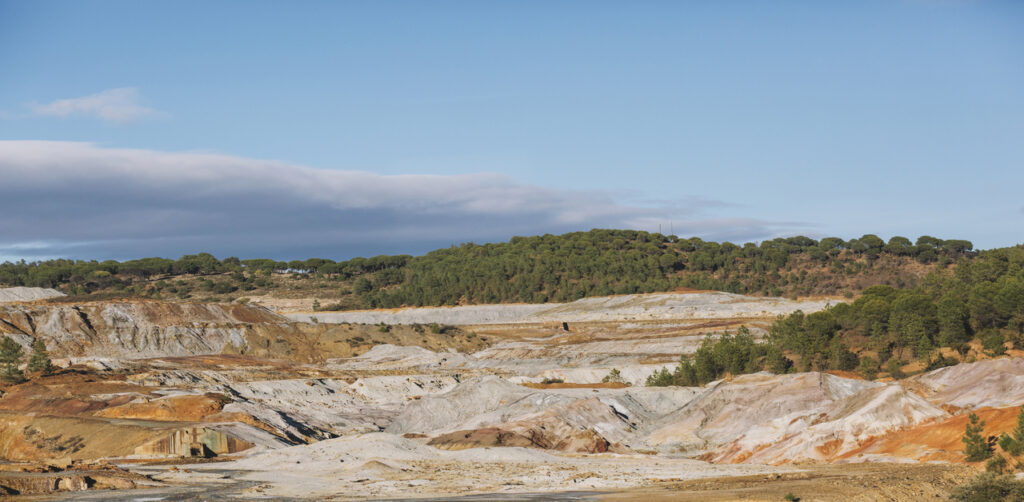
The erosion of gully forms bigger and noticeable trenches, in contrast to the rill erosion that produces small grooves that are easily checked.
Such gullies can grow very quickly, and they might cut a deep path through a field, road, or even a village and making the land unusable and destabilizing the terrain around.
Causes of Gully Erosion
Gully erosion has no singular reason. A combination of natural and anthropogenic factors is mostly responsible for it.
The following are some of the reasons:
1. Deforestation
Natural barriers to flowing water are trees and vegetation. Once the forest is cleared for agriculture or other purposes, the land is subjected to rainwater that may easily cause the soil to be eroded, thus forming gullies.
2. Overgrazing
The soil will become loose and open if there are too many animals grazing. This will kill the plant cover.
The absence of roots to unite the soil together means the slightest precipitation can cause erosion.
If you want to buy a decorative article for your beautiful house, then you should visit here.
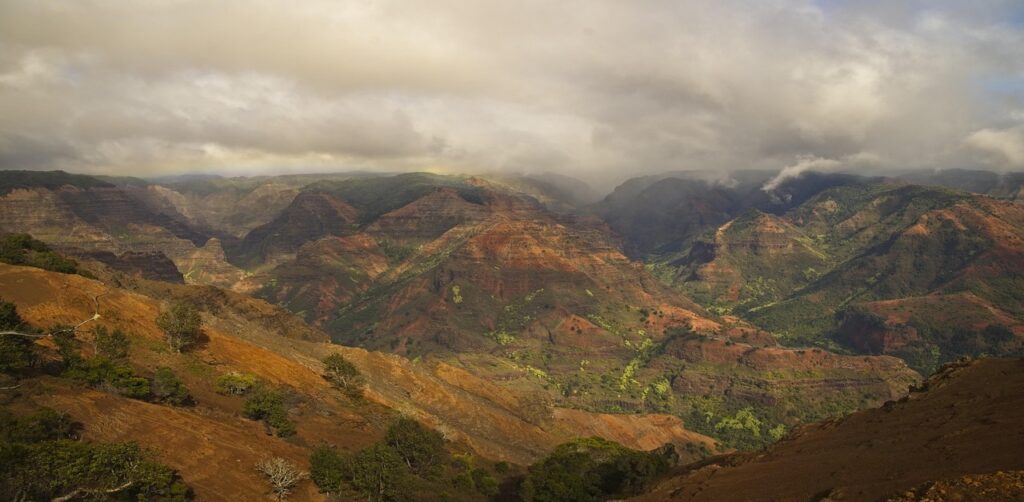
3. Heavy Rainfall and Drainage Problems
Heavy rain events cause rapid surface runoff. When the land is badly drained or steep, the water runs quickly and directly, making the gullies deeper and wider.
4. Road, Building, and Land Development
The unnatural diversion of water flow may be caused by improperly made road cuts, drainage ditches, and infrastructural development processes, leading to gully erosion in new locations.
5. Other Activities
Some of these practices that cause soil disturbance are plowing up and down the slopes and leaving the land bare during the period between planting season and monoculture farming, which degrades the structure and makes the soil less resistant to water flow.
Stages of Gully Erosion
Gullies do not cause erosion in a single night. It takes years to form a gully erosion.
There are typically four stages:
1. Initial Stage: The water begins to accumulate in small depressions or rills during the initial stage.
2. Development Stage: The focused flow gets stronger and starts cutting more deeply into the ground.
3. Expansion Stage: The gully grows wider and deeper during the expansion stage, washing away the surrounding land and vegetation.
4. Stabilization Stage: The gully can stabilize with either natural or artificial intervention, although in most cases, gully recovery is a challenge and is expensive.
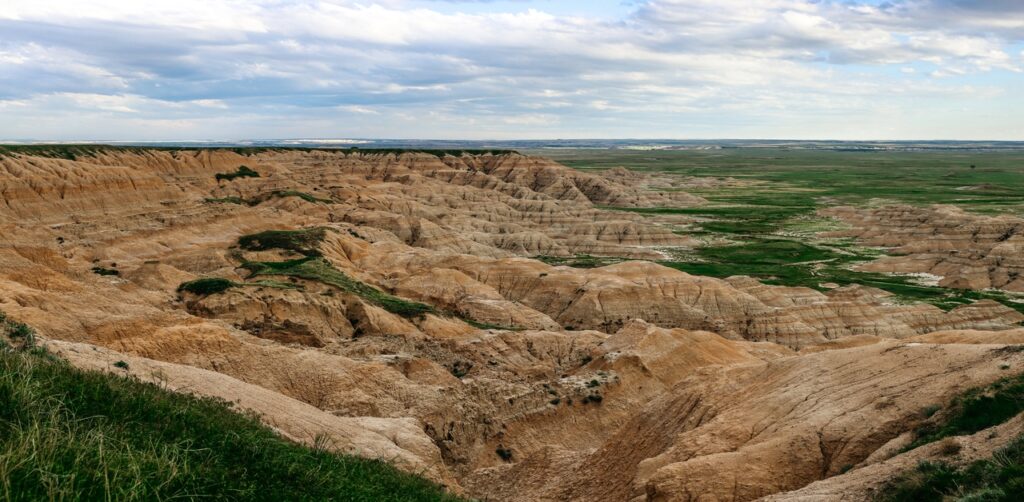
Effect of Gully Erosion
The effects of gully erosion are both social and environmental, including agricultural land loss. Gullies consume farmlands, leaving less land to be used, and this affects food production.
1. Deterioration of Fertility in the Soil: The erosion causes the nutrient-rich top layer of the soil to be washed away, making it difficult to grow plants, and the crop yield goes down.
2. Water contamination: Due to the movement of gullies, loose soil is transported into streams and rivers, leading to an increase in sedimentation, which influences the quality of water and aquatic life.
3. Infrastructure damage: The erosion may compromise roads, buildings, and pipelines, and hence, repair costs and safety risks would be imminent.
4. Loss of biodiversity: Both the flora and fauna in the area are disturbed by the destruction of vegetation, and the lives of the animals and the plants in that area are distorted.
Prevention and Control Measures:
Although gully erosion is a severe problem in India, but not an impossible one.
These are the best methods of managing and preventing it:
1. Reforestation and Afforestation: Planting trees and grasses to help the soil grow and reduce water runoff is one of the best long-term strategies.
2. Contour Plowing: Grade plowing, or customary plowing, considers the natural slopes in the land, hence slowing down the speed of runoff and limiting the displacement of soil.
3. Gabions and Check Dams: Gullies can be filled up with small dams constructed of rocks, logs, or concrete across the course of the water to slow down the flow of water and trap sedimentation.
4. Using Terrain: By forming step-like fields on slopes, the runoff is controlled and gullies are avoided.
5. Cover Crops: Practicing cover crops during the off-season assists in the protection of the surface of the soil and preserving organic content.
6. Proper Drainage System: Drainage channels can also help to ensure that the water does not accumulate in a concentrated area and start erosion in a gully.
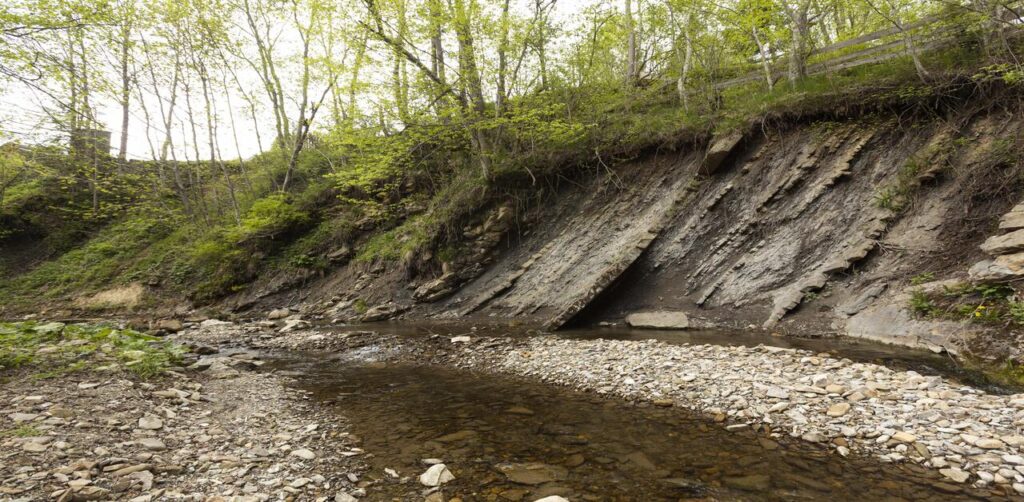
Gully erosion is a serious issue in India, and the states of Madhya Pradesh, Uttar Pradesh, Rajasthan, and Maharashtra have the highest rates. The Chambal ravines are a typical illustration.
There, years of unchecked erosion have created enormous complexes of gullies, affecting agriculture and rural livelihoods.
Watershed management programs have been in place to control this erosion by the Indian government through some agencies, such as the National Watershed Development Project for Rainfed Areas (NWDPRA).
Conclusion
Erosion in gullies may start with just one drop of water. However, it is capable of changing the landscape, displacing people, and posing a threat to food security.
However, it can be stopped or even reversed with awareness, sustainable land use practices, and proper soil management. Soil conservation now is investing in the future of the environment, economy, and health.
Prevention of land degradation and enhancement of environmental stewardship are the responsibility of each person.
The farmer, the policymaker, and the citizen have a role to play in preventing land degradation and promoting environmental stewardship.

